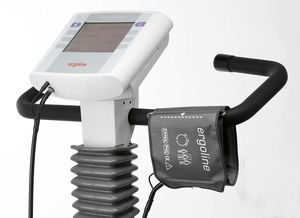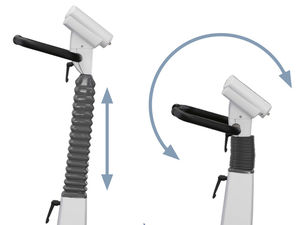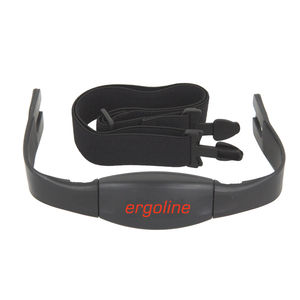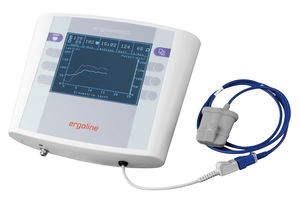BICYCLE ERGOMETER
Ergoselect 200

- functional design
- innovative, future-proof technology
- hygienic, easy-to-clean surfaces
- dual handlebar adjustment
- mechanical/motor-assisted seat adjustment
- patient weight up to 200 kg
- load range from 6 to 1000 watts
- 10 user-programmable exercise test protocols
- excellent stability
- wide range of expansion options
Max. patient weight up to 200 kg

The motor-assisted seat height adjustment in conjunction with a tilt protection panel allows for the safe performance of exercise ECG tests, even with patients weighing up to 200 kg.
High-quality materials

The noise-insulating ergometer case made of high-quality, specially coated polyurethane foam features an easy-to-clean, sweat-resistant surface.
Dual handlebar adjustment
- Date: August 26, 2020
- Category: BICYCLE ERGOMETER, Bike, Ergometer, Sports Equipment
















